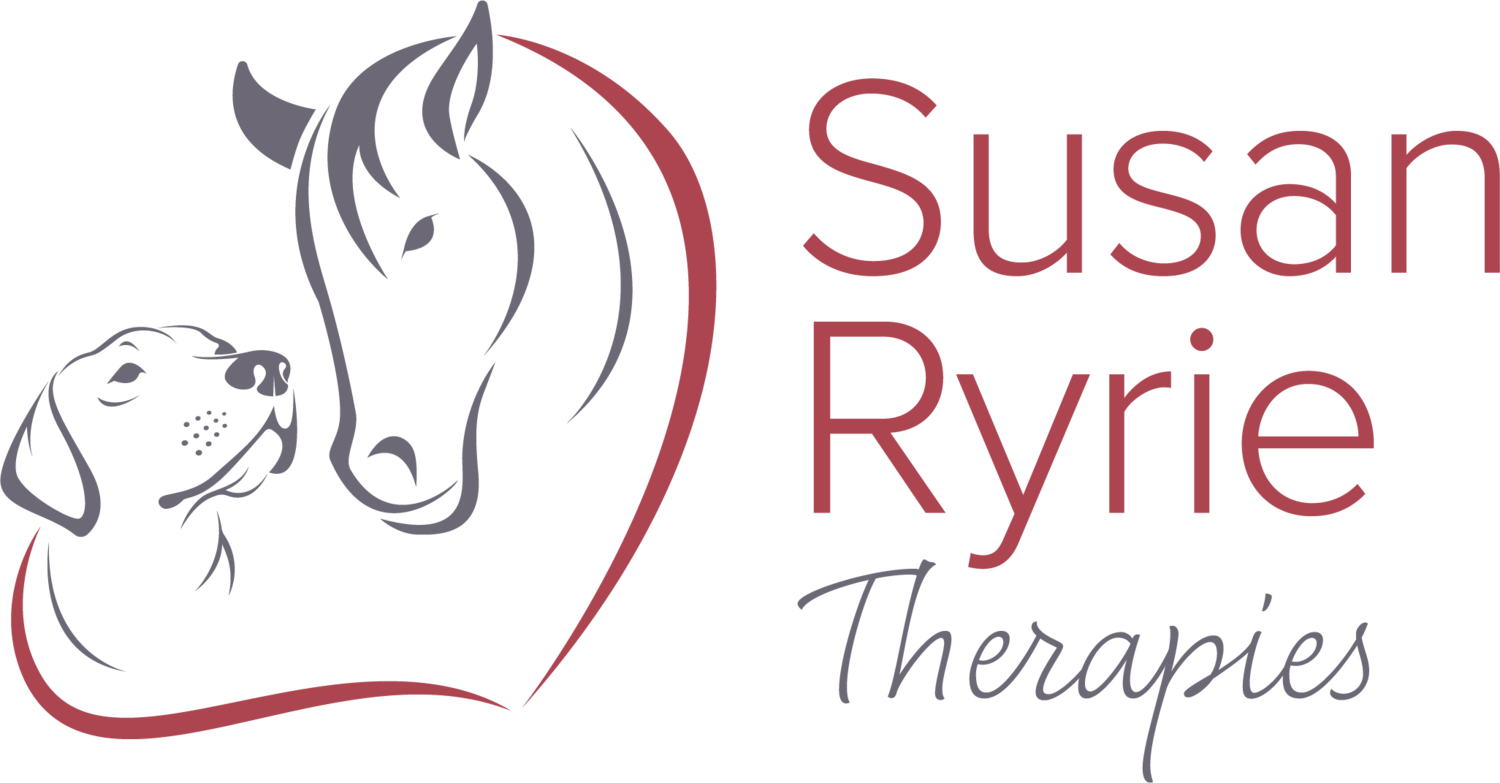Lower Belly Breathing
Release tension from your diaphragm and improve your breathing and posture.
Release tension from your diaphragm and improve your breathing and posture.
The diaphragm muscle lies below your ribs, separating the upper half of your trunk from the lower half. As you breathe in your diaphragm should contract, pulling downwards. As you breathe out your diaphragm should release and relax upwards.
Our instinctive stress responses directly influence the rhythmic movement of the diaphragm. Think of a time when you had a fright – you probably held your breath. Over time, many people develop a habit where the diaphragm is continuously ‘clenched’ to some extent.
As the diaphragm ‘clenches’, other muscles around our ribcage and trunk also brace. As well as perhaps pulling our posture out of shape, this makes it rigid and unyielding.
We become unable to fluently follow the natural movement of our horse’s back.
Our horse might interpret this sign of our stress response as the possible presence of a threat, and become unsettled.
Think about how many times you have heard an instructor in a riding lesson say “Breathe!”. The habits from our stress response are interfering with our riding through a rigid posture.
Releasing your diaphragm and breathing softly and deeply can have an immediate relaxing effect on both you and your horse.
